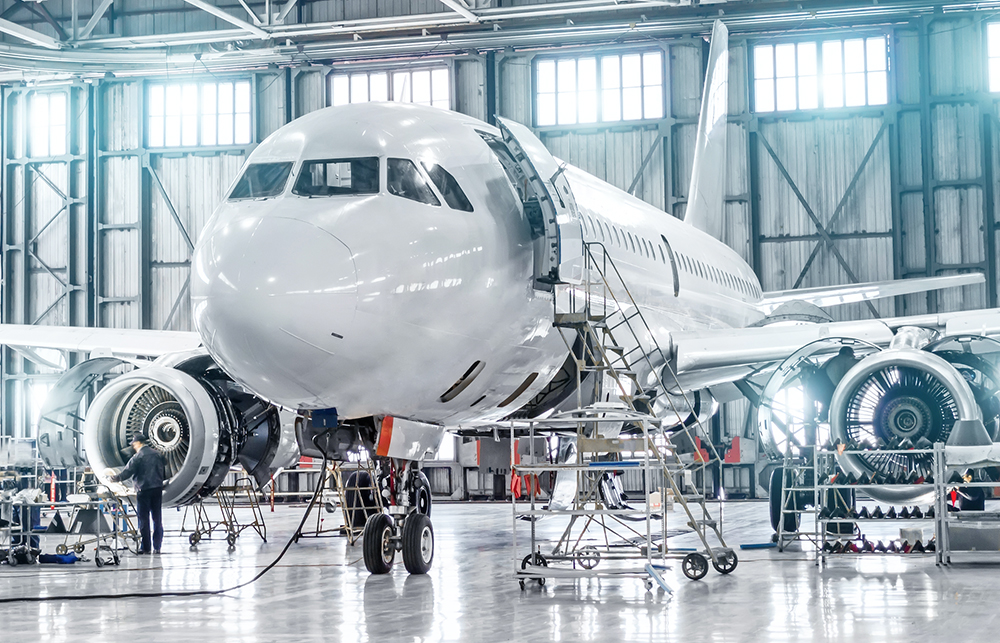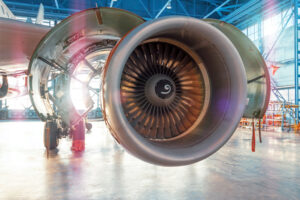Every commercial aircraft has a Made in Morocco stamp

By leveraging the capabilities of a talented, highly skilled aeronautical workforce, Morocco is now well proven as a destination for complex, high value-added manufacturing
SHARE THIS ARTICLE:

This June, Spirit AeroSystems launched an extension to its cutting-edge 250,000-square-foot facility in Casablanca that enables one of the world’s largest manufacturers of aero-structures to add high-tech fuselage sections for the Airbus A220 to the site’s expansive production portfolio.
At the ceremony, Mikail Houari, president of Airbus Africa and Middle East, stated: “The kingdom already builds parts for all of Airbus’ commercial aircraft … With this achievement, A220 parts manufacturing is now well integrated in the Moroccan aerospace ecosystem and can proudly be described as Made in Morocco.”
That world-class ecosystem isn’t only trusted by Airbus—every commercial plane in Boeing’s fleet contains at least one Moroccan part as well. Stan Deal, CEO of Boeing Commercial Aviation Division, has lauded the group’s “longstanding partnership that dates back more than five decades with the kingdom,” the success of which, he asserts, “sets it apart from many other countries.”
“Boeing, Airbus and other major players are investing more and more into Morocco, because it’s giving them what they want. In all my previous global experience, I’ve never seen anything as well coordinated and as effective as what’s happening in Morocco.”
Currently, over 140 companies are operating in the Moroccan aeronautic sector, employing a total of 20,000 people and generating $2 billion in revenue each year, according to 2021’s official figures. Those firms include most of the biggest names in the global industry, with just a few examples being Safran, which is producing composites and nacelles, while Hexcel is making core parts from lightweight advanced composites, Collins Aerospace and Stelia Aerospace are manufacturing subassemblies, and Le Piston Français is creating high-tech engine parts.
As well as being diverse and excelling in complex, value-added processes, the sector is also integrated, with 40 percent of components used being locally sourced. Furthermore, it’s dynamic: exports grew by 21.9 percent in 2021 to hit $1.6 billion and the country welcomed an average of 10 new industry participants every year between 2014 and 2020.
For Spirit, Morocco’s advantages lie in an ideal location to serve customers across the world, competitive costs and the outstanding quality of the workforce, 40 percent of which is female. “We’ve never struggled to recruit very educated and motivated people. Today, we have over 300 highly skilled employees and, over the next five years, that number will be in excess of 1,000. That’s not a big concern, because Morocco has a significant, young and skilled talent pool with high potential for development,” explains Stephen Orr, vice president and general manager at Spirit AeroSystems Morocco.
With 42 percent of the population being under the age of 25 and the country’s industry-focused tertiary education system pumping out 150,000 new graduates a year, 24,000 of them engineers and technicians, Morocco’s abundant young talent is an asset commented on by many investors. For instance, at Safran’s recent inauguration of an $11-million extension to its state-of-the-art plant that employs over 3,300 people, CEO Olivier Andriès declared: “The group’s base in the kingdom is strategic; we know that we can rely on the Moroccan authorities and highly qualified personnel, thanks to our partnership with the Institute of Aeronautical Trades (IMA).”
The IMA is probably the most prominent of the local educational institutions that are delivering on-demand, tailor-made, subsidized training for operators, technicians, engineers and managers to ensure the country’s skills base can rapidly adapt to the sector’s needs as they change. An illustration of this came in 2021 when, after international competition, Sabca Maroc won a contract to produce aero-structures for Swiss manufacturer Pilatus, for which the IMA provided advanced training, according to Sabca CEO Thibauld Jongen: “We were able to demonstrate that Sabca Maroc was the most competitive, the most qualified in terms of quality and work capacity, and also that our teams have the confidence, motivation and ability to achieve.”
A new 2022 framework agreement between the government and some of the country’s leading trade bodies, including the Group of Moroccan Aeronautical and Space Industries, will further strengthen the private sector’s involvement in designing specialized training, higher-education and research programs at universities in particular. As part of this agreement and to guarantee the future-readiness of the aeronautical workforce, additional modules are being designed in areas like industry 4.0 technologies and carbon-free production.
In collaboration with the industry, the government has set priorities for the sector to aim for by 2025 that this coordinated approach to training will help to achieve: decarbonizing production; reinforcing existing capabilities with a focus on engineering plus maintenance, repair and overhaul; developing new ecosystems for space, interiors, engines and composites; and multiplying export revenues two-and-a-half times.
As the sector continues its growth trajectory and moves up the value chain, Spirit’s Orr is enthusiastic about the country’s potential for aerospace companies: “Morocco ticks a lot of boxes in terms of its well-established presence and performance. Boeing, Airbus and other major players are investing more and more into Morocco, because it’s giving them what they want. In all my previous global experience, I’ve never seen anything as well coordinated and as effective as what’s happening in Morocco.”

